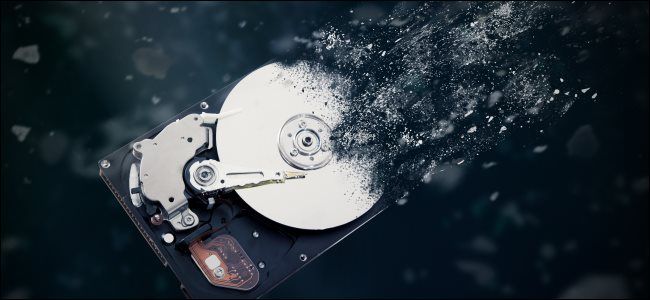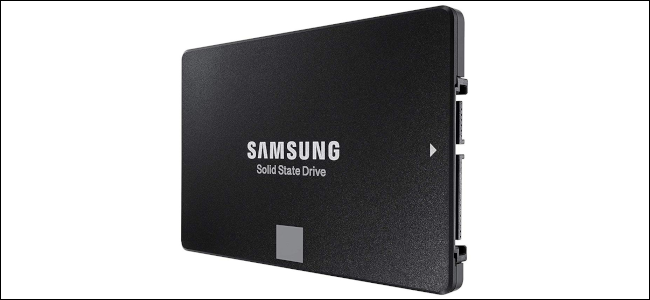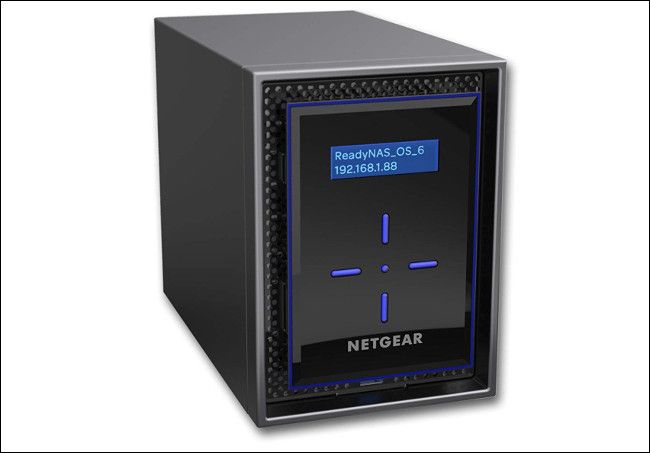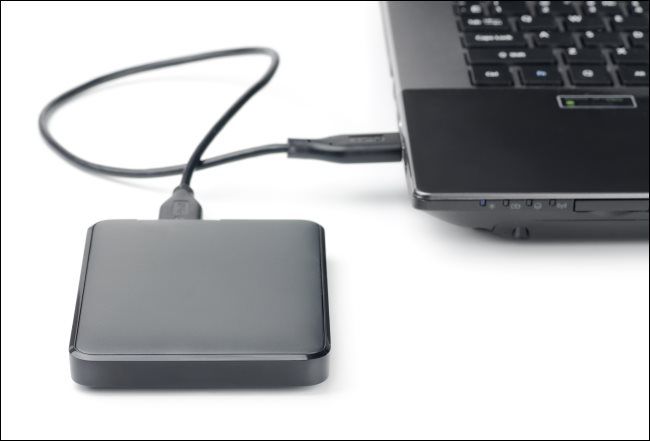Quick Links
Computer storage is both a blessing and a curse. We can store terabytes of photos, documents, and more at home. But that data is more precarious than we might assume thanks to a phenomenon known as bit rot or data degradation.
Hard Drives and SSDs Don't Last Forever
Take a hard drive and an SSD and bury them with a book in a time capsule for 100 years. You can bet the book will be legible when it resurfaces, but the storage drives? Good luck.
That's not just because regular storage drives can suffer hardware failures. Whether we're talking about SSDs or old-fashioned mechanical hard drives, these drives have a limited ability to retain data when inoperative. No, that doesn't mean you have to start keeping your computer on at night for fear of losing your photos, but stashing a drive full of home movies in the closet for decades? Not the best idea.
We can't start chiseling 1s and 0s onto stone, of course. Plus, if everyone suddenly printed all their files onto paper we'd quickly run out of trees. So what are we to do with the knowledge that our storage drives and the data on them have a limited shelf life? You should basically do what you're doing now, or what you should've been doing this whole time.
How Drives Store Data (and How It Can Degrade)
Hard drives use magnetism to store bits of data (all those ones and zeros) in clusters. These bits can, over time, flip, which can lead to data corruption if enough flipping happens. To counteract this, hard drives have error-correcting code (ECC) that searches for bits gone wrong when data is read from the drive. If an error is detected, the hard drive corrects it, if possible.
Solid-state drives don't have any moving parts like hard drives. They use a different method to store bits. These drives use an insulating layer to trap charged electrons inside microscopic transistors to differentiate between 1s and 0s.
There's a lot more to it than that, but this provides a basic idea of how the two storage types keep their data. Now let's look at how they can lose it through bit rot. With hard drives, as mentioned above, saved bits can flip their magnetic polarity. If enough of them flip without being corrected, that can lead to bit rot. Solid-state drives, meanwhile, lose their data when the insulating layer degrades and the charged electrons leak out.
How long it takes to see bit rot in practice depends on a variety of issues. Hard drives have the potential to last with their data intact for decades even if powered down. SSDs, meanwhile, are said to lose their data within a few years in the same state. In fact, there are reports that, if they're stored in an unusually hot location, the data on an SSD can be wiped out even faster.
Powered up, these drives are a different story. They usually last until they encounter typical problems, such as hardware failures, or when SSDs max out their read/write cycles. They can also lose data from the usual suspects, such as malware, firmware corruption, coming into contact with water, or any other number of random problems that have nothing to do with bit rot.
How to Protect Your Data from Bit Rot
So what does a wary computer user do to avoid the potential for bit rot and other storage failures? The answer is pretty much what responsible computer owners do now.
First, pay attention to the health of the drives you're actively using. One way to do that is to check the S.M.A.R.T. (Self-Monitoring, Analysis, and Reporting Technology) status.
You can also set a limit on how long you'll keep an active hard drive or SSD. SSDs previously weren't considered as reliable as hard drives when in active use, but that isn't as widely believed as it once was. Most people can expect an SSD to last about as long as the average hard drive.
A good general rule is to keep a storage drive no longer than about five years. That's just a ballpark estimate, and some people keep their drives for much longer than that, basically waiting until they fail. If you do that, however, it's extra important you have a reliable backup strategy.
First, let's talk about archival drives. If you keep data on a regular hard drive or SSD in a closet or safety deposit box, it's a good idea to power them up and let them run on a regular schedule. This keeps them in good condition and reduces the chance of bit rot or other issues.
For a hard drive, you can probably get away with powering them up at least once a year or once every two years to prevent the mechanical parts of the drive from seizing up. You should also "refresh" the data by recopying it or use a third-party tool like DiskFresh. SSDs are a little simpler since they just need to maintain their charge; you can power them up for a few minutes about twice a year.
Another option is to look into purpose-built archival storage mediums such as Verbatim's M Disc Blu-ray discs that will supposedly hold their data for 1,000 years. (Of course, you probably won't be around to test that claim.) They come in varying capacities of 25 GB, 50 GB, and 100 GB per disc. Their write speeds are turtle-grade slow, however, so be prepared for a long archival process.
Whichever archival option you choose, keep multiple copies of archival data in different locations to be sure you don't lose your files.
Back Up Your Files
Backups are something that not many people like to think about, but they are easier than ever to carry out. In general, the best backup strategy accounts for three copies of your data. The first is the one you use every day on your PC.
The second is a local copy you keep on a backup drive, which can be an external hard drive or a NAS box. Windows 10 has a built-in feature called File History that will automatically back up your PC for you. Many other third-party tools for creating backups are also available. Alternatively, you could manually copy your personal files and folders on a daily or weekly basis.
Now you have two copies of your data, but if there's a house fire or a flood, or both drives fail around the same time, you're back to square one. That's why having an "offsite" backup is also a good idea.
The easiest solution is to use a cloud backup service, such as Backblaze. If privacy is a concern, many of these options allow you to encrypt your backups to prevent the service provider from being able to view your data. For example, Backblaze lets you create your own encryption password. If you lose that second password, however, you lose access to your backups.
Three copies of your data in various places should be enough to prevent data loss, whether your drives end up suffering from bit rot or some other calamity.




